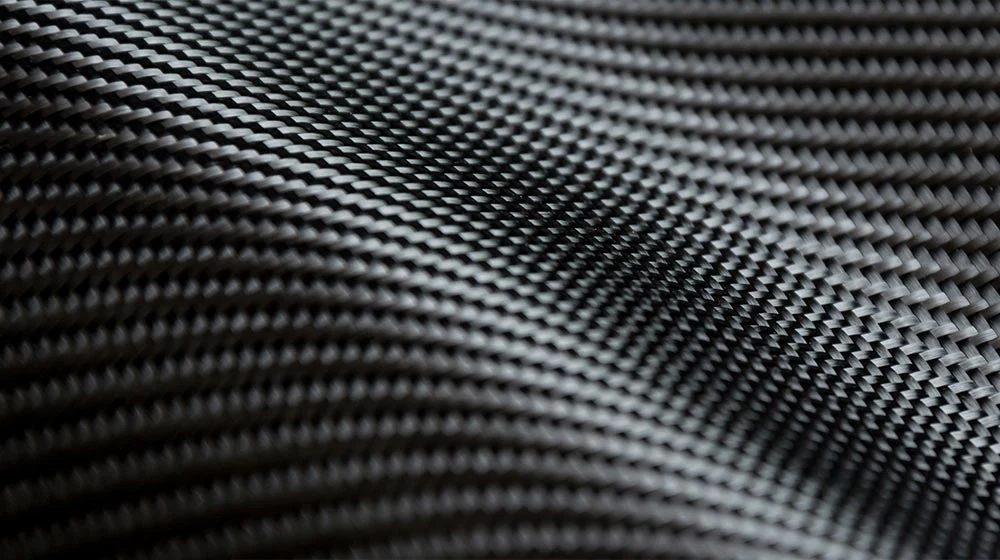5 Major Types of Surface Modification Methods For Carbon Fiber

Carbon fiber (CF), as a new type of composite reinforced material, has been widely used in various industries and has attracted much attention. However, the surface of CF is relatively smooth and has no active groups. The fiber surface is chemically inert, so the fiber has poor hydrophilicity and poor adhesion to the matrix, and is easy to fall off. Therefore, it is necessary to improve the interface between CF and matrix reinforcement.
So far, the common surface modification methods of carbon fiber mainly include coating modification, surface graft modification, oxidation modification, plasma modification and joint modification, among which oxidation treatment and surface grafting treatment are more popular. Methods. These modification methods improve the fiber’s wettability, chemical bonding, and mechanical interlocking with the matrix to form a transition layer, promote uniform stress transmission, and reduce stress concentration.
The surface of carbon fiber is smooth, has few active groups, and does not adhere firmly to the matrix. In normal applications, it is necessary to improve the adhesion rate. One method is to roughen the smooth carbon fiber surface through physical effects, creating grooves or small holes to increase the contact area with the matrix material. Polymers or nanoparticles can be filled in the fiber. In the grooves on the surface, the fiber and polymer can be mechanically locked together through the rough shape of the fiber surface after curing, resulting in an obvious mechanical interlocking effect between the fiber and the matrix, which is beneficial to improving the interface strength.
1. Coating modification
Carbon fiber coating modification can cover a variety of materials, such as metal salts, metal alloys, carbon nanomaterials, etc., through spraying, physical or chemical deposition, polymers, sol-gel methods and coating processes. After coating, the surface of CFs has different properties.
2. Surface grafting
Carbon fiber surface grafting is a bottom-up, extensively studied CFss modification method. Compared with surface oxidation and coating methods, surface grafting can give the grafted polymer better adhesion to the CF surface. Through radiation or chemical reaction, the grafting reaction is triggered on the surface of CFs, and polymers with functional groups are introduced on the surface of CFs, which improves the interface strength of the composite material.
3. Oxidation treatment
Carbon fiber oxidation treatment is a simple modification method that not only increases the pore distribution and pore size on the CF surface, but also introduces different concentrations of oxygen-containing functional groups, which has a significant impact on the material interface adhesion and immobilization efficiency (IE). Influence.
4. Plasma treatment
Plasma treatment is a prominent and successful treatment method for a variety of materials, including carbon materials. High enough energy plasma is used to hit the CF surface, causing the chemical bonds to break and reorganize on the surface, thereby improving the surface structure and performance of the carbon fiber to achieve good adhesion between CF and the matrix material. Plasma treatment has the advantages of simple operation, high efficiency, green and environmental protection.
5. Joint modification
The above-mentioned single modification methods have more or less defects. For example, coating-modified CF has low adhesion between the coating and CF, requires the use of solvents during the manufacturing process, has low preparation efficiency, and is difficult to produce continuously; investment in plasma treatment equipment is expensive; in wet chemical oxidation and electrolysis Some liquid contamination is inevitable during chemical treatment, and the modification conditions should be precisely controlled in gas-phase oxidation to prevent excessive oxidation from destroying the internal structure of CF, and the use of nanomaterials or grafted polymers to modify the surface of carbon fibers is complex.
Therefore, when modifying the surface of carbon fiber, joint modification using multiple modification methods can avoid the shortcomings of using them alone and combine the advantages with each other. This is the main direction of carbon fiber surface modification treatment in the future.
